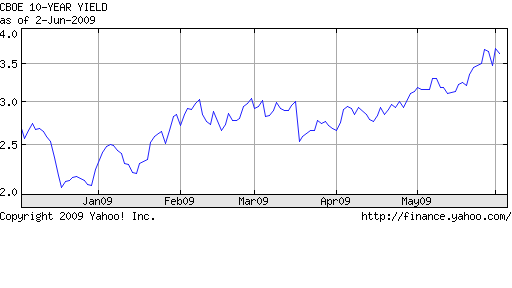Stanford Free – Does Crime Pay?
On February 17, 2009 Stanford Financial was accused by the SEC of defrauding investors and engaging in a “massive, ongoing fraud”. The fraud was perpetrated by seducing investors with “improbable if not impossible” returns on their investments, according to the SEC. The amount swindled from investors is estimated at $7 billion.
The head of Stanford Financial, Allen Stanford, was finally arrested on June 18th and has been in federal custody since that time. During a court hearing today in Houston, Mr Stanford entered the standard “not guilty” plea and his attorneys argued for his release on bail.
During the course of the court proceedings it was revealed that:
Texas financier R. Allen Stanford controlled a secret Swiss bank account from which he withdrew roughly $100 million last year, and also tapped the account to pay bribes to the firm auditing his Antigua-based bank, federal prosecutors alleged Thursday during a hearing in federal court.
The billionaire and the executives are accused of orchestrating a massive fraud by misusing most of the $7 billion they advised clients to invest in certificates of deposit from the Stanford International Bank, based on the Caribbean island of Antigua.
Also indicted is Leroy King, the former chief executive officer of Antigua’s Financial Services Regulatory Commission. He was taken into custody by island authorities and will now face extradition proceedings, according to a government official who spoke on condition of anonymity because she was not authorized to discuss the case. King is accused of accepting more than $100,000 in bribes to turn a blind eye to irregularities.
Investigators say even as Stanford claimed healthy returns for those investors, he was secretly diverting more than $1.6 billion in personal loans to himself.
The indictment also says Stanford and the other executives misrepresented the Antigua island bank’s financial condition, its investment strategy and how it was regulated.
Prosecutors argued that Mr Stanford should not be granted bail.
At Stanford’s bond hearing, prosecutors argued he should be held without bond because he might have access to billions of dollars in secret funds.
In court documents filed Thursday, prosecutors also said Stanford faces a potential life sentence, has access to a private jet and has an international network of wealthy acquaintances who would help him, including one who recently agreed to give him $36,000 to pay his lease on a Houston apartment for a year.
Each of the most serious counts that Stanford faces carry prison terms of up to 20 years. But prosecutors say sentencing guidelines could increase his total sentence to life in prison.
Despite the huge financial suffering caused by Stanford Financial to 30,000 investors, as well as the flight of risk, the court set bond at a small $500,000 and gave prosecutors until Friday to appeal the decision. How likely is it that anyone with a secret $100 million bank account and facing a life sentence would be concerned about forfeiting a half million bond by fleeing the US to escape justice? This is no doubt a question that defrauded investors are asking.

Is This Man Smiling?
Courtesy: Reuters
Other remarkable aspects of the Stanford Financial fraud are:
- How long will it take for investors to be suspicious of firms offering guaranteed rates of return far in excess of what is available elsewhere? No Ponzi scheme would work without the suspension of prudent judgment by investors blinded by ridiculous claims. Has no one ever heard of “the higher the return the higher the risk”?
- This is another case that should have caught the attention of the SEC long before Stanford could defraud thousands of people. Just as with the Madoff fraud, Stanford blatantly and publicly advertised untenable returns, a classic sign of a Ponzi scheme. The SEC blithely ignored or was oblivious to the obvious warning signs.
- It took 4 months to arrest Mr Stanford and he is now on bail, free to enjoy his life. At this rate of justice, Mr Stanford may get to spend the rest of his life immune from punishment and living a lavish life style courtesy of his secret bank accounts. Defrauded investors, dolefully seeking for perspective on this matter may consider the remarks of William Gladstone who stated that “justice delayed is justice denied”.
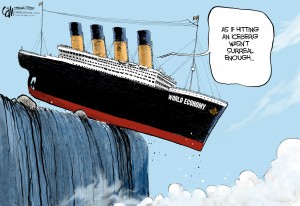
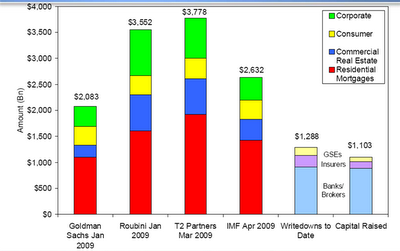
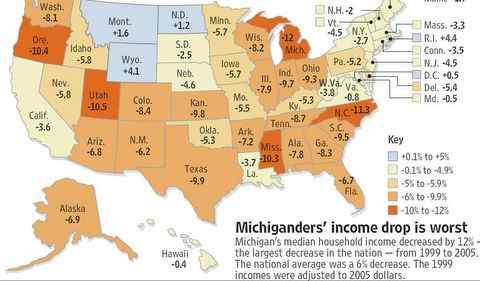
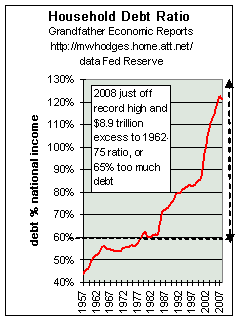
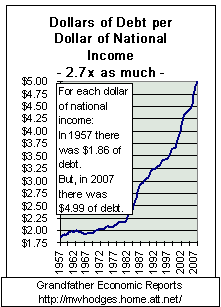
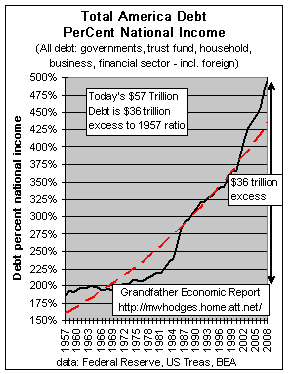
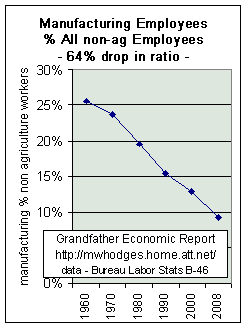
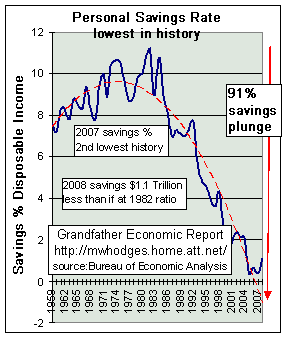
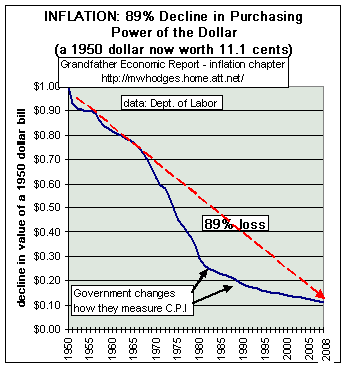
 One of the consequences of a recession is a decline in demand for newly minted coins. Economic activity declines and there is less demand for coins in commerce. Individuals also put long hoarded change back into circulation. Coins come out of hiding from couch cushions, penny jars, and abandoned State Quarter collections. The net result is a drop in the number of new coins produced.
One of the consequences of a recession is a decline in demand for newly minted coins. Economic activity declines and there is less demand for coins in commerce. Individuals also put long hoarded change back into circulation. Coins come out of hiding from couch cushions, penny jars, and abandoned State Quarter collections. The net result is a drop in the number of new coins produced.